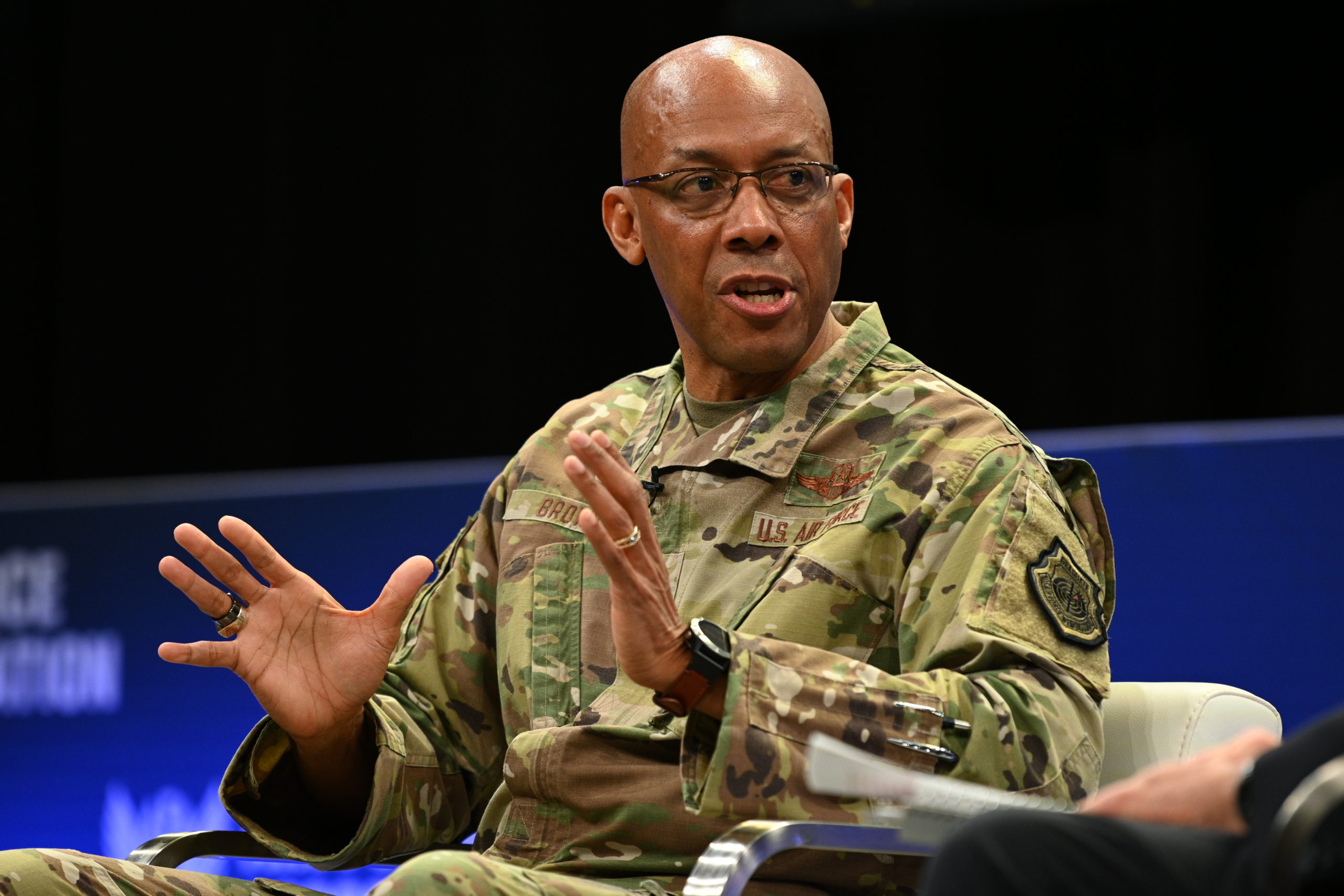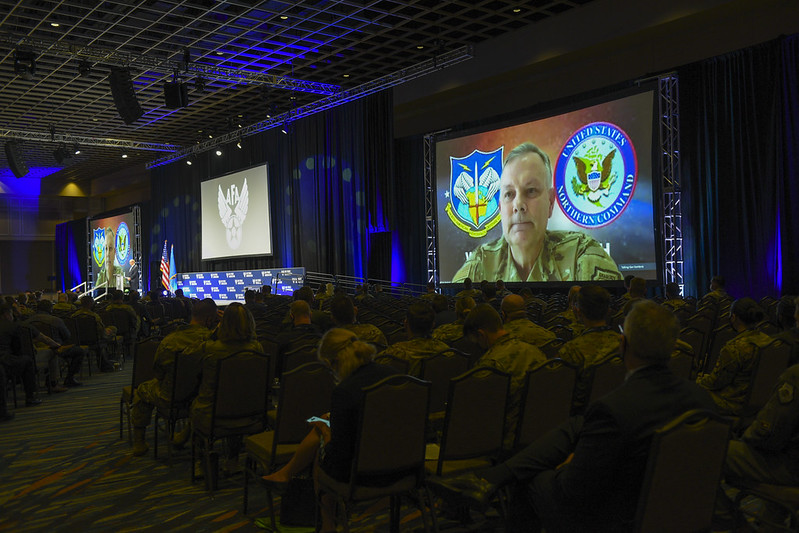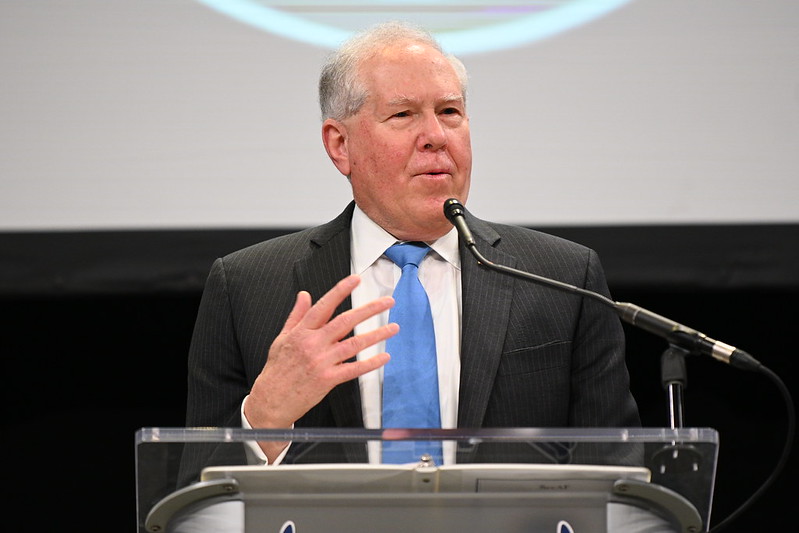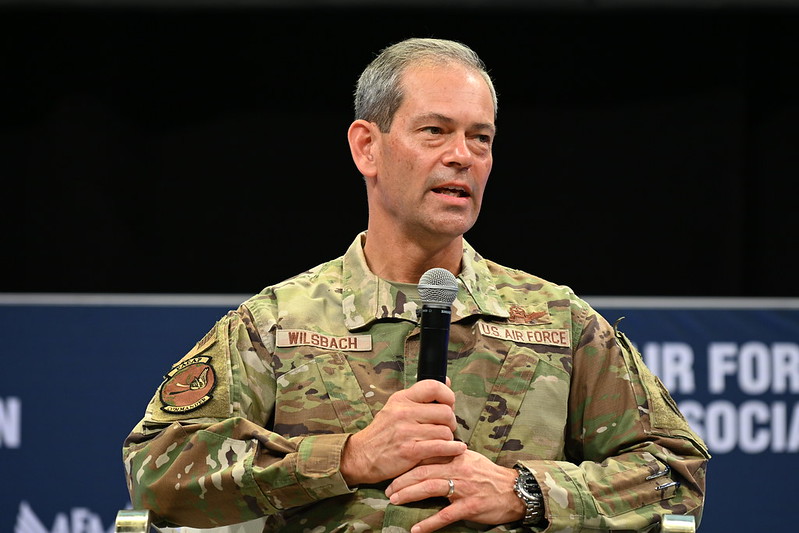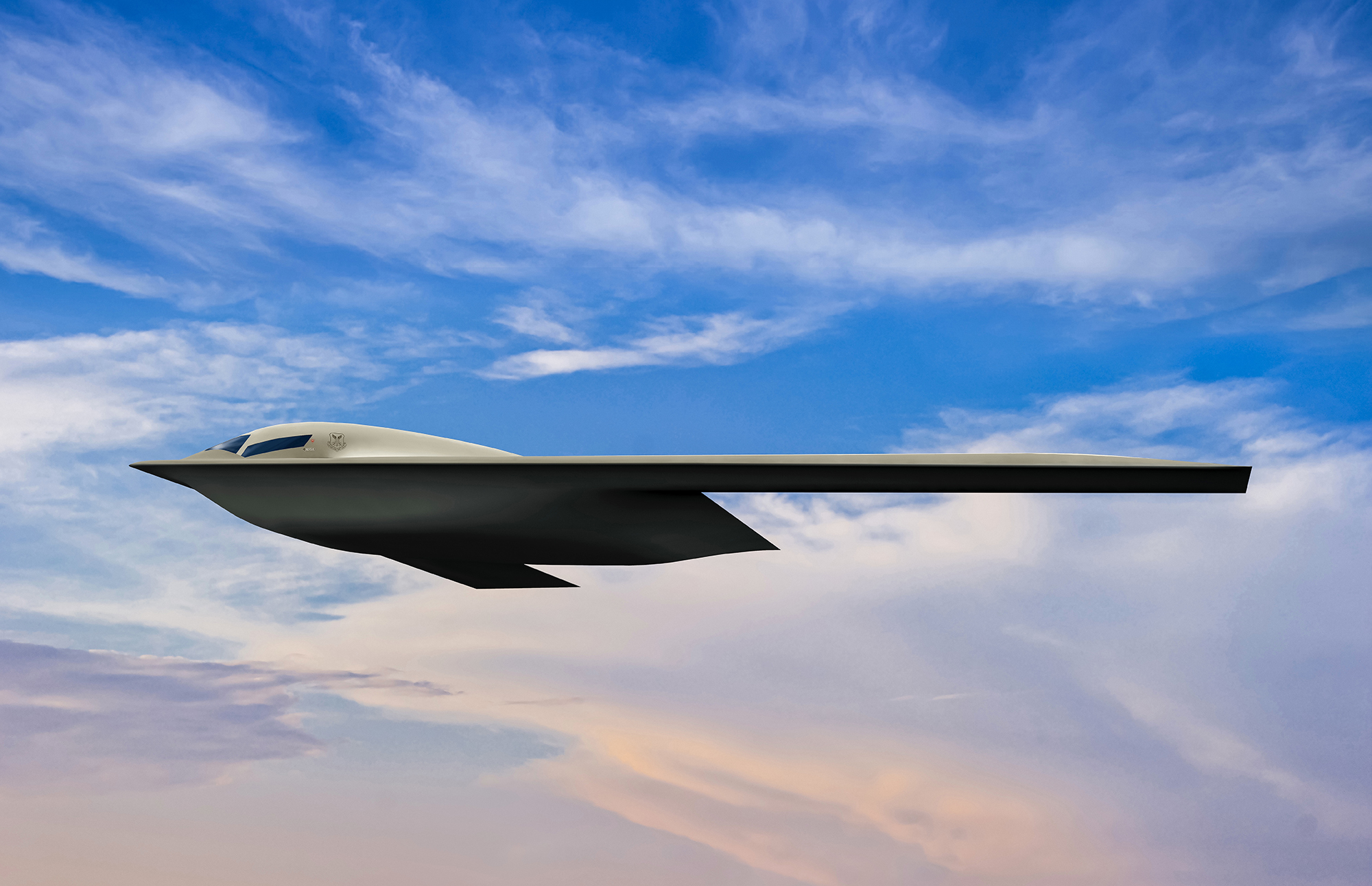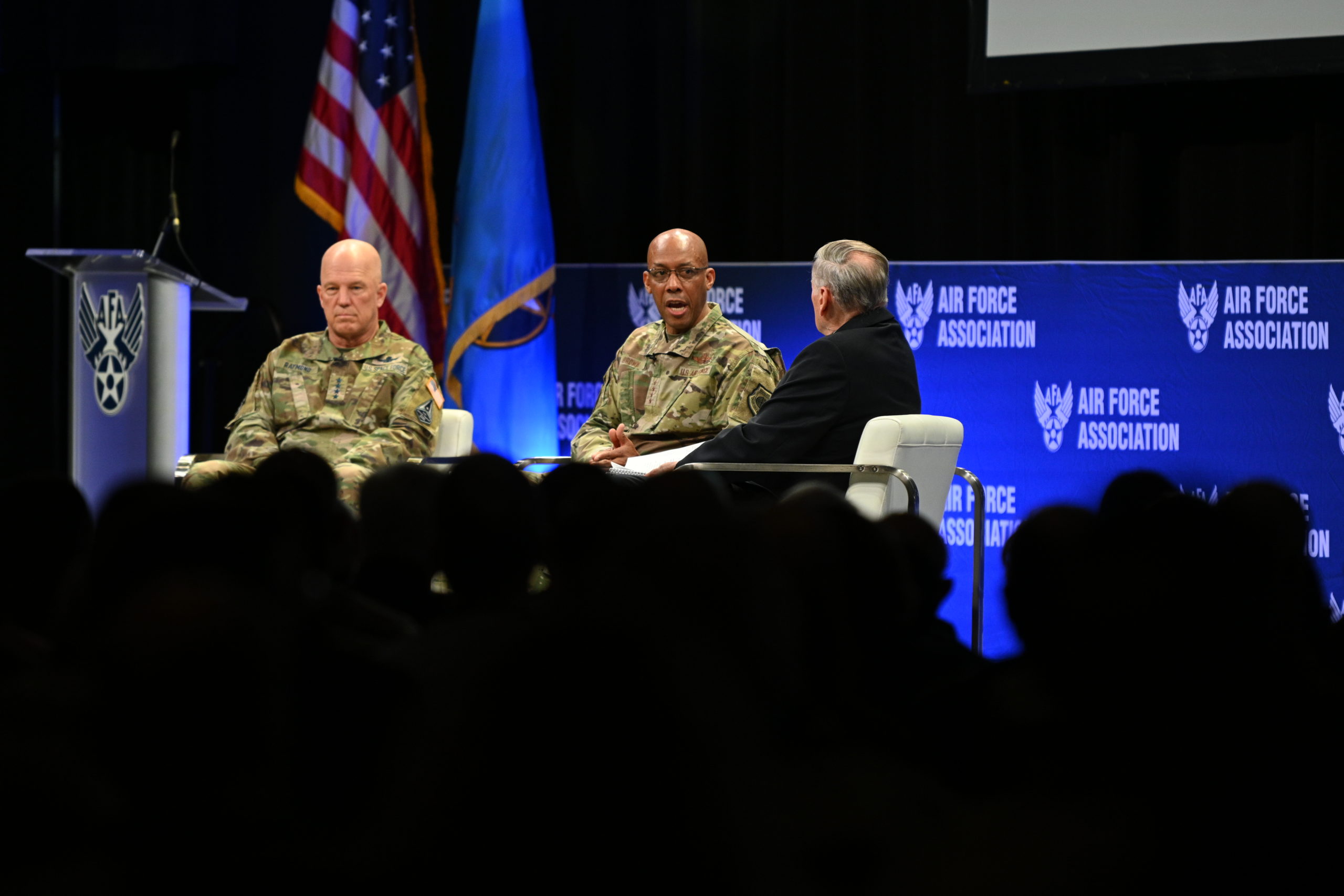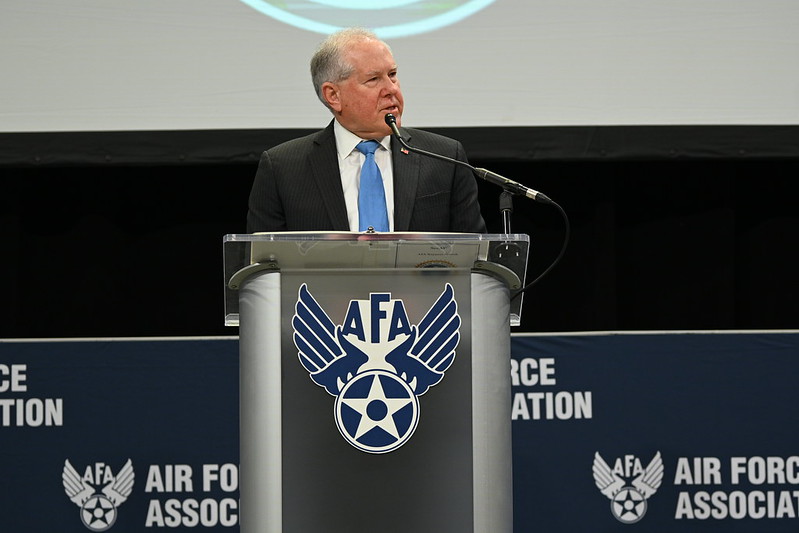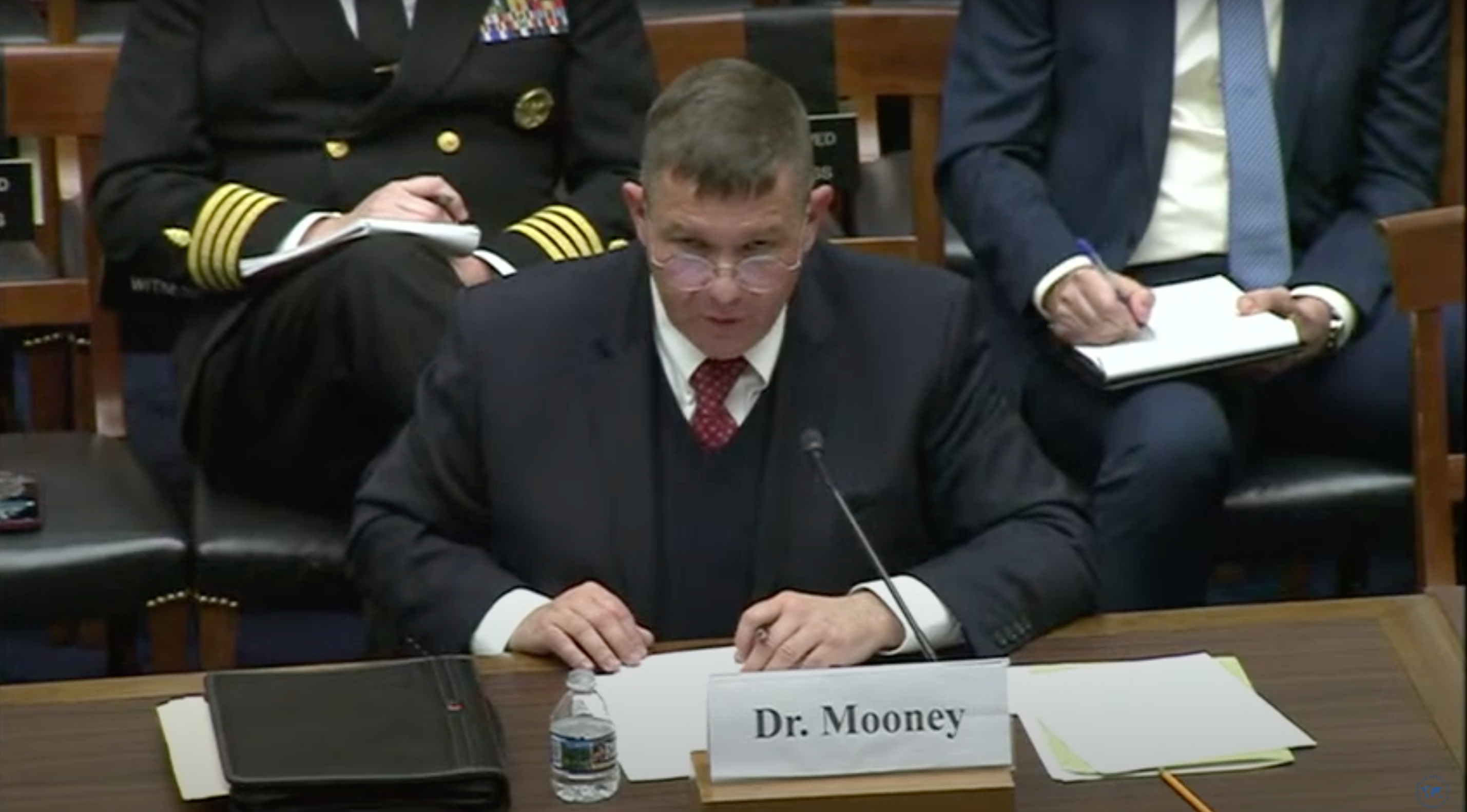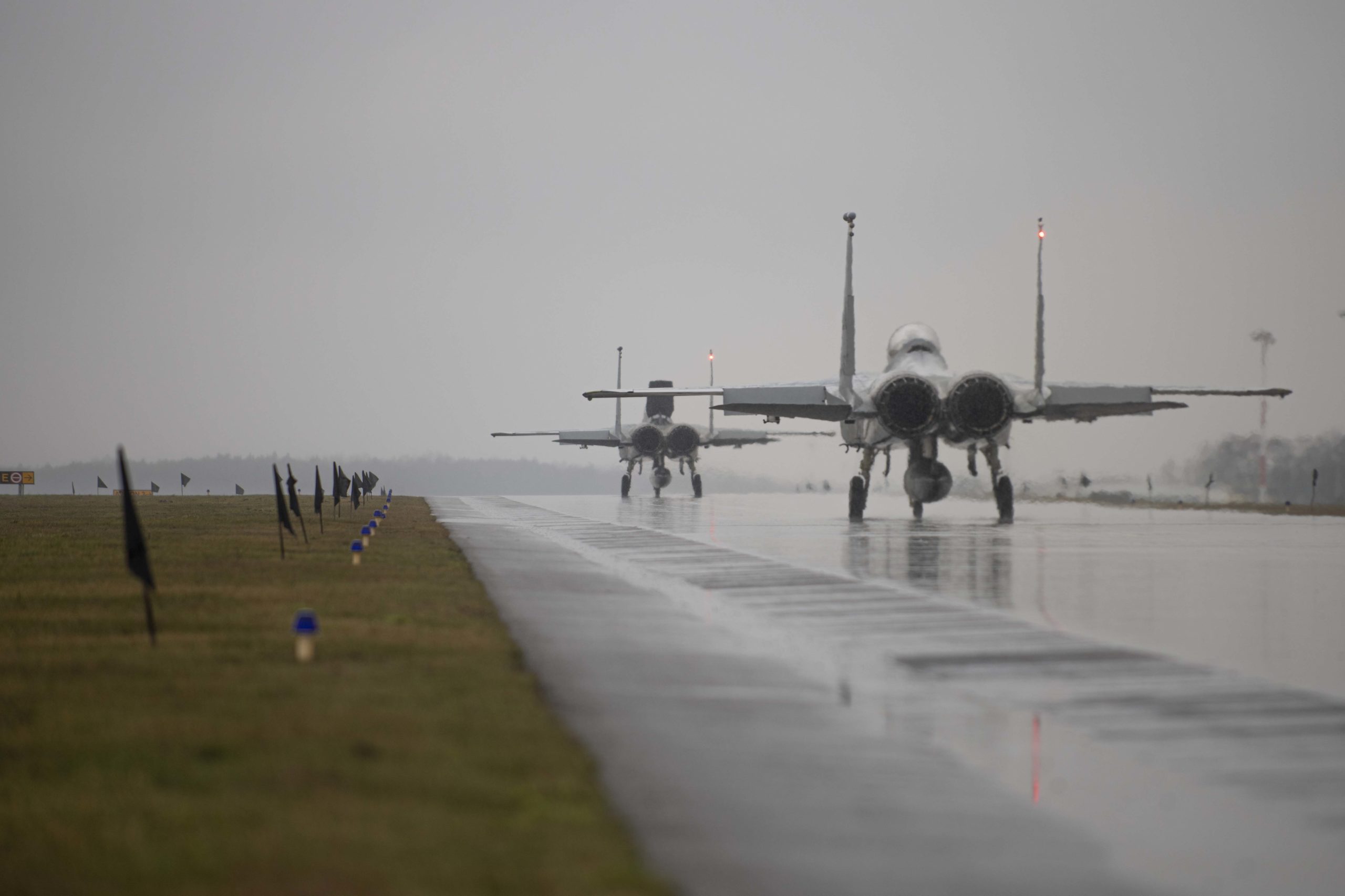In the weeks leading up to Russia’s invasion of Ukraine last week, flight trackers noticed the skies over Eastern Europe filling with U.S. aircraft.
Tankers such as the KC-10 and KC-135 and ISR planes such as the E-8C JSTARS, RC-135, and RQ-4 all flew over eastern NATO allies including Poland and Romania, presumably supporting intelligence-gathering efforts before the Russian attack.
All these airframes are ones the Air Force is currently seeking to retire—its 2022 budget request called for sending 18 KC-135s, 14 KC-10s, 20 RQ-4s, and four E-8Cs to the boneyard.
The use of these planes for such an important mission highlights the tension currently facing the service: The Air Force says it needs to get rid of such legacy aircraft to modernize, but those same aircraft continue to be called upon frequently.
“This is the conversation I have inside the building on balance and risk between the combatant commands and their current demand signal,” Chief of Staff Gen. Charles Q. Brown Jr. told reporters at the AFA Warfare Symposium in Orlando, Fla. “Because if it was up to them, in some cases, they’d want us to keep all the stuff. As we keep it, it gets older. It’s more expensive to operate. And so we’ve got to make some transitions there, and then at the same time, look at how we operate differently.”
Brown has previously acknowledged that retiring legacy systems will mean assuming some risks. And at AWS, he said the debate over those risks continues.
“We hear people talk about, you don’t want to operate like we did for the last conflict or contingency. We’ve got to … leap ahead and start thinking how we would look at things differently,” Brown said. “So there’s a balance, and there’s a bit of tension, and if there was no tension, I would be concerned. And I think there’s good dialogue that goes back and forth between the service Chiefs and combatant commanders.”
Brown’s continued belief in the need to retire old planes and modernize is rooted in the fact that China remains the pacing threat to U.S. airpower—Russia is a short-term threat by comparison, he said, cautioning against letting its recent actions dictate long-term plans.
Brown said he can’t let “a near-term event completely reshape everything else we need to do for the future.”
“Does it add additional things into context? Yes, it does,” he added. “And you know, the things we’re looking at with the last National Defense Strategy [are] the same kinds of things we’re looking at with the current National Defense Strategy we’re drafting, and I don’t see that it’s going to drive a major shift in anything we’re doing because the capabilities that look into the future don’t really change.”
That’s not to say the Air Force should look to dump all of its legacy airframes right away. Citing one of his favorite slogans, Brown noted that to provide “airpower anytime, anywhere,” the service will have to “balance between capability and capacity” and maintain enough flexibility to fulfill what is asked of it.
“I think when you look at current events today with Russia and Ukraine and our pacing challenge, we’ve got to be able to walk and chew gum at the same time,” Brown said. “And we’ve got to really think about how we preserve some of that readiness while at the same time, assure and deter.”
